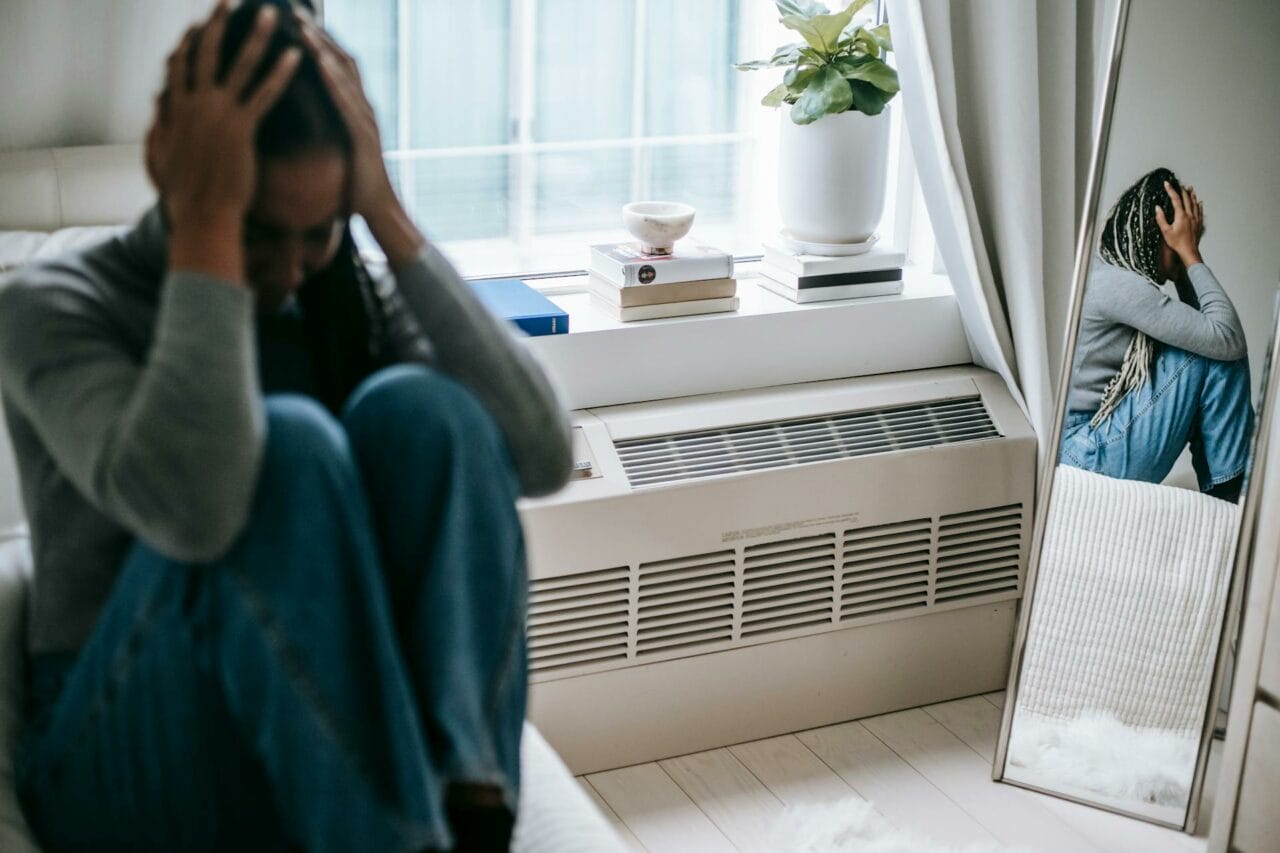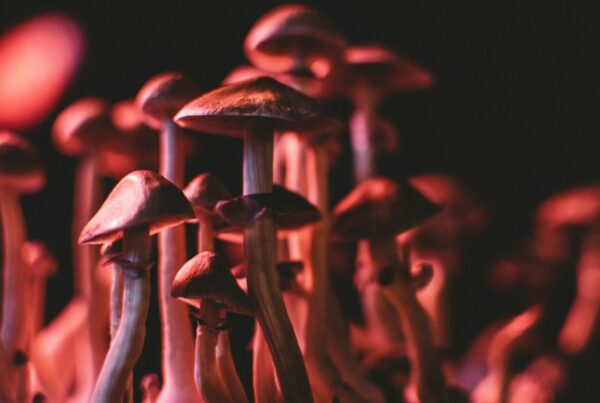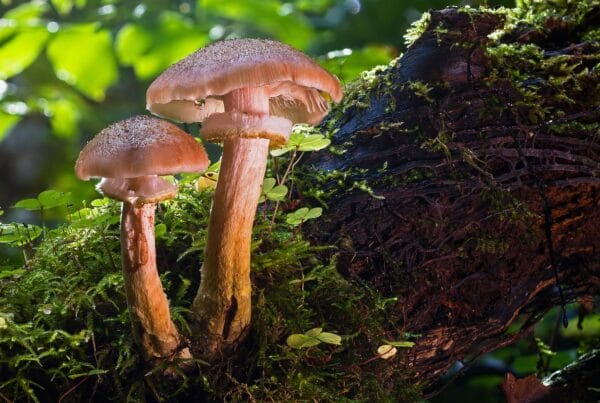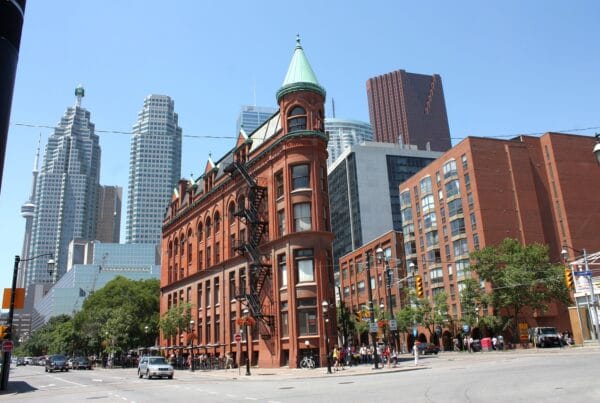Conventional anxiety treatments typically involve therapy and medication. However, due to potential side effects, these methods may not work for everyone. This has led to growing interest in alternative approaches such as psychedelic therapy, which uses substances like “magic mushrooms Montreal” among others.
As your premier source for buying psychedelics online in Canada, we provide services that are fast, safe, and discreet.
[toc]Key Takeaways:
- Psychedelic therapy combines the healing effects of psychedelic substances with traditional talk therapy to facilitate the healing process.
- Psychedelic therapy can improve emotional wellness and overall quality of life through spiritual journeys.
- The integration process plays a pivotal role in psychedelic therapy, ensuring the long-term effectiveness of the therapy session.
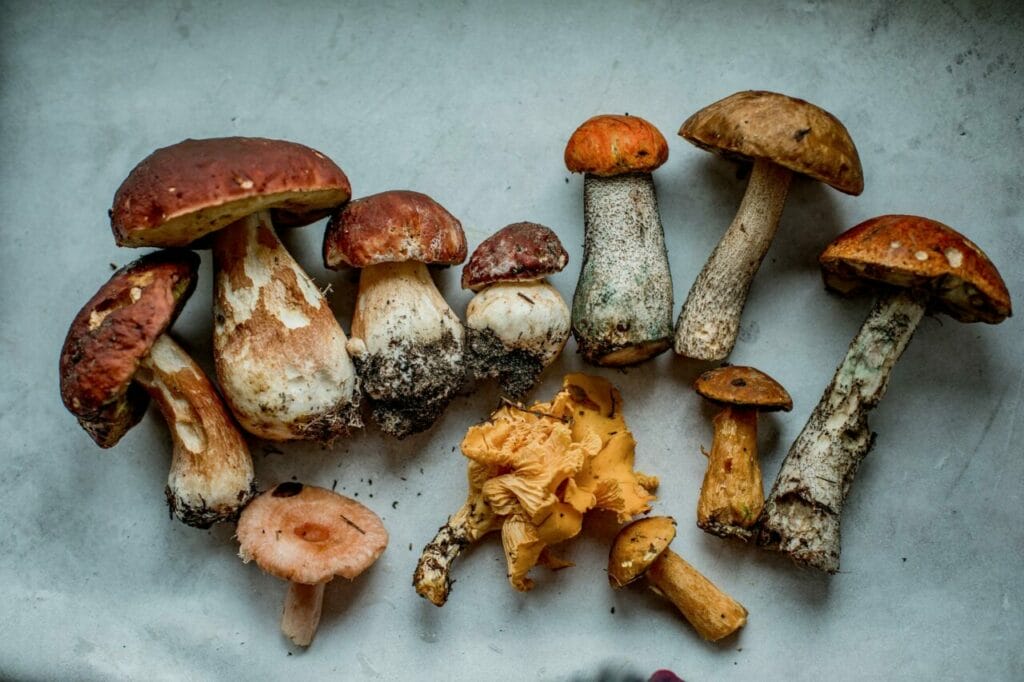
Anxiety Disorder Prevalence in Canada
According to the 2022 Mental Health and Access to Care Survey, there is a concerning increase in the prevalence of anxiety disorders in Canada. The percentage of Canadians aged 15 and above diagnosed with generalized anxiety disorder in the year preceding the survey rose from 2.6% in 2012 to 5.2% in 2022.
Contrasting Traditional Treatment and Psychedelic Therapy
Typical treatments for anxiety disorders often include a combination of psychological counselling and medication. Psychological counselling, also known as psychotherapy, is a collaborative process between a therapist and the patient aimed at reducing anxiety symptoms.
On the other hand, anxiety medications manage symptoms by tailoring treatment to the specific anxiety disorder and considering any overlapping mental or physical health issues. While treatments may be individualized, psychotherapy and medication remain the core strategies.
In psychedelic therapy, sessions are unique in that they involve one or two doses of a psychedelic substance, supplemented with other therapeutic
Techniques:
Introduction to Psychedelic Therapy
Psychedelic therapy is a unique therapeutic approach that employs the use of psychedelic substances to enhance the healing process. These substances, known for their capacity to induce hallucinations, have been integral to holistic medicine and spiritual rituals in various cultures for millennia.
The most widely used substances in this form of therapy are Lysergic acid diethylamide (LSD) and psilocybin. LSD induces alterations in mood, perception, and consciousness. Psilocybin, according to the Health Canada website, is the active ingredient in magic mushrooms. Consuming these mushrooms can trigger sensory experiences, such as visual, auditory, or tactile hallucinations.
Determining Dosage for Sessions
In psychedelic therapy, specialists assess patients to determine the appropriate dosage of psilocybin for their therapy sessions. Dosage can differ, with some patients beginning with modest amounts, while others may tolerate more substantial quantities. The treatment generally consists of one to three medicinal sessions, each lasting six to eight hours and separated by several weeks. This method is unlike traditional medications that require daily use unless instructed otherwise by a healthcare provider.
Experiencing Spiritual and Transformational Encounters
Unlike anxiety medications, psychedelic therapy can induce transformative visions and feelings of divine connection. While medications manage symptoms, therapy aims to address the root causes of the condition. Psychedelic therapy can significantly impact emotional well-being and quality of life.
The in-depth experiences can lead to profound realizations, heightened self-awareness, and improved emotional processing. These outcomes can stimulate personal development, inspire positive behavioral changes, and enhance overall mental health.
Outcomes
| Heightened Consciousness | Altered states of consciousness provide a new way of perceiving the world. | These elevated states of awareness often result in the following: Profound realizationsEpiphaniesEnhanced comprehension of oneself and one’s surroundings |
| Emotional Healing | Aids in emotional healing by offering an opportunity to face and process unresolved trauma, grief, or emotional distress. | This process helps in:Reaching deeply suppressed emotionsReleasing emotional blockagesPromoting emotional health |
| Boosted Self-Awareness | Enhances connectivity among sensory brain regions while reducing connectivity within the default mode network. This network integrates interconnected brain regions associated with self-focused thought processes and the personal perception of oneself.” | These regions aim to: Transform negative thinking patterns, beliefs, and recurring behaviours. Empower individuals to gain profound insights about their authentic selves, motivating factors, and interpersonal dynamics. |
Somatic Therapy
Even though Somatic therapy is not commonly linked with psychedelic therapy, it is gaining recognition for its potential benefits. This method, which emphasizes the connection between the mind and body, is based on the belief that past traumas can result in trapped sensations within the body. Somatic therapists guide individuals in identifying these physical sensations and apply therapeutic strategies to relieve this strain.
Integration
This offers a platform for clients to attain clarity, acquire perspective, and cultivate wisdom derived from their psychedelic encounters. The transformative process unfolds during integration meetings with the therapist and the client’s proactive initiatives outside of psychedelic explorations. Integration enhances the transformative impacts of psychedelics by actively engaging with unveiled insights and emotional discoveries.
Types of Integration
- Journaling. By documenting experiences, individuals can cement memories for easier recall in the future. It also grants clients the opportunity to dissect their experiences from multiple perspectives to reveal varied interpretations, implications, and connections.
- Art. This provides an effective way to encapsulate the complex emotions and feelings from a psychedelic journey in a creative and visually expressive manner.
- Practicing Nature-based Approaches. These can be as simple as mindful walks in the forest or seeking tranquility near a calm body of water. Therapists can assist clients in noticing intricate patterns in nature or suggest using natural elements such as plants, stones, water, and candles as grounding resources.
- Participating in Integration Groups. Group meetings with individuals who have undergone similar experiences offer a crucial space for reflection, support, and connection. The ability of psychedelic therapy to spark a sense of interdependence and shared understanding beyond personal boundaries is fundamental.
The Importance of These Techniques in Treating Anxiety
The central pharmacological principle underlying all psychedelics is their ability to act as agonists, or stimulators, of serotonin (5-HT) 2A
The central focus of psychedelic studies is their influence on the brain’s default mode network. This network is prominently linked with repetitive thoughts and is associated with conditions like depression and anxiety disorders. Treatment can significantly reduce anxiety levels, with effects lasting up to 12 months post-treatment.
After a psilocybin session, often accompanied by intense spiritual experiences, the patient participates in a conversation with their therapist. In these counseling sessions, professional healthcare providers strive to attentively listen to the patient, employing specific strategies and techniques to enhance the positive effects of the treatment.
These techniques synergistically work together to help those with anxiety achieve lasting relief in fewer sessions compared to conventional treatments.
Change Your World, One Session at a Time
While many rely on traditional treatments for anxiety, not all find them effective or satisfying. Psychedelic therapy presents an alternate path, employing distinctive methods capable of triggering transformative experiences. These techniques work together to yield deep, lasting changes—sometimes up to a year following just one to three sessions.
Beyond improving mental health, this therapy could also produce significant cost savings for patients. Eager to discover a new path to well-being? Discover the potential of psychedelic therapy with Mushroom Dispensary Canada.
Commonly Asked Questions
Is there a particular type of magic mushroom used for psychedelic therapy?
Many psychedelic-assisted therapy studies often fail to clarify the specific type of mushroom used. Psilocybe cubensis is generally the preferred option.
Online magic mushroom dispensaries cater to diverse preferences with a variety of strains. You have the freedom to choose any strain to experience the therapeutic benefits of psychedelics. However, it’s crucial to choose a reliable vendor to avoid purchasing potentially dangerous magic mushrooms from dishonest sources.
How long does psychedelic therapy take?
The duration of psychedelic therapy can vary as it includes multiple stages. A single session where the psychedelic is ingested lasts between 4 to 8 hours. The full therapy process, which includes preparation, the session itself, and subsequent discussions, can span a few weeks to several months.
In terms of long-lasting effects, many individuals have reported improvements in their mental health for several months, or sometimes even up to a year after the therapy.
In just one or a few sessions, considerable progress can be made.
Does a therapist guide the patient during their spiritual journey?
During the patient’s spiritual journey, therapists or other professional staff members may provide guidance. Evidence suggests that Spiritual Health Practitioners (SHPs) contribute uniquely beneficial insights to enhance the wellbeing of participants and support their progression. Some people seek the help of an SHP, while others rely on a therapist or specialist that is available.
Is the concept of “set and setting” integrated into psychedelic therapy?
Yes, both the individual’s mindset (set) and the physical environment (setting) play vital roles in safely facilitating spiritual experiences during a psychedelic therapy session. The individual’s mental state can significantly influence their spiritual journey, affecting their experience before and during the psychedelic session. Aspects such as beliefs, expectations, emotional states, and intentions determine the course and depth of the experience.
Primary Source: Psychedelics as Emerging Treatments for Anxiety Disorders: Opportunities and Challenges in a Budding Field – PMC (nih.gov)
About the Authors:
Franklin King, IV, MD. and Rebecca Hammond, M.D.
Related Articles:

